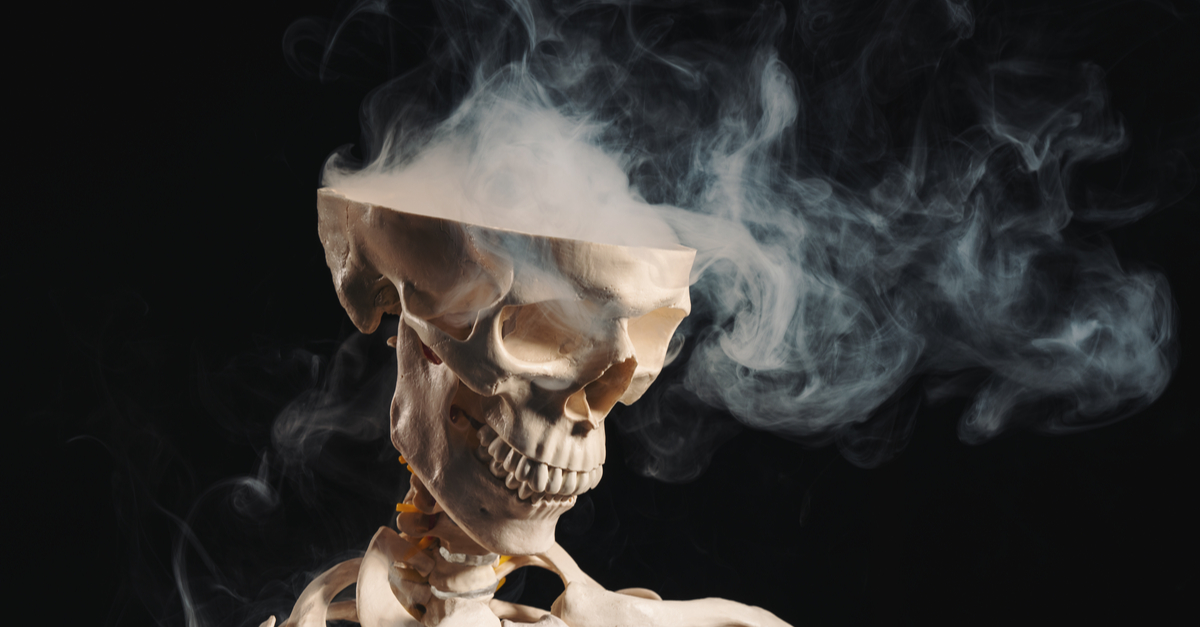 Dr. David Fawcett
Dr. David Fawcett
Mood-altering drugs affect several parts of our brain, most of which are connected via what is generally known as the reward circuitry. This network of neural pathways, located in the midbrain, connects a variety of structures within the brain and creates a system for motivating behaviors that help us survive as a species. It achieves this by rewarding us with little bursts of dopamine, which produces a pleasant sensation. At the same time, our brain records the emotion and the condition that created this good feeling so we can recreate it later.
Examples of rewarded behaviors include cooperation and collaboration, feeling connected, sensing that we “belong,” and input derived from our senses such as good food, good music, laughter, and, most of all, an orgasm.
Addictions, whether behavioral or drug, coopt this system by altering the balance of neurotransmitters that release dopamine. Unfortunately, addictions don’t just commandeer the reward circuitry; they provide super-stimulation via drugs or behaviors that cause more dopamine to be released than by any natural reward. With time, the minimum level of arousal needed for stimulation is raised to the point that only addictive substances and behaviors can provide enough stimulation to release satisfying levels of dopamine.
Various classes of drugs work differently to initiate this process (more on this below), but all start by initiating the release of dopamine from a section of the brain called the basal ganglia, more specifically from a small structure called the VTA (ventral tegmental area). The VTA is responsible for initiating the reward system in ways that lead to the formation of habits and routines. Once initiated, dopamine flows from the VTA to four other parts of the brain through a main channel called the mesolimbic dopamine pathway. The four receiving areas, all of which are responsible in some way for emotions, are the Nucleus accumbens (NAc), the hippocampus, the amygdala, and, indirectly, the prefrontal cortex (PFC).
Ultimately, the mesolimbic dopamine pathway is responsible for creating pleasure, remembering the feelings associated with an event, and remembering the conditions for recreating that pleasure. Specific sub pathways in this system have various responsibilities. The most important for purposes of this discussion are as follows:
- The VTA to amygdala pathway is responsible for memory – for making a mental note that this was a good feeling.
- The NAc to amygdala pathway is how the brain learns and remembers that a substance or behavior creates a feeling of pleasure. This pathway causes us to associate certain internal and external triggers and conditions to the experience of pleasure.
- The pathway from the NAc to the prefrontal cortex, which is responsible for higher-order executive functions, is a braking system. This is where impulse control is initiated. Essentially, despite the strong pull toward a substance or behavior, the PFC helps us resist the trigger. It does this primarily with the release of the inhibitory neurotransmitter GABA.
Unfortunately, with the development of addiction, the pathways between the triggering reward circuitry and the PFC begin to weaken, undermining our impulse control and our ability to resist triggers.
As noted above, the NAc to amygdala pathway is how the brain begins to learn that something is pleasurable. The amygdala (there are actually two, on both sides at the front of the brain) has been called our emotional center. The amygdala has a role not just in pleasure but in stressful feelings like anxiety and irritability. When stimulated, the amygdala can initiate anger, fear, anxiety, and any other emotions. When damaged by lesions, the personality can change. Of particular interest regarding addictions is Kluver Bucy Syndrome, where the amygdala is damaged by lesions and results in behaviors like hyperorality (compulsively examining objects by the mouth), hypersexuality, and disinhibiting behaviors in general. Kluver Bucy Syndrome highlights the regulating role of the amygdala.
Several other parts of the brain are considered essential to emotions and are relevant to addictions.
- The thalamus is actually two structures deep on both sides of the brain. The thalamus can be considered a relay station for most of our sensations, including hearing, taste, vision, and touch. Interestingly, smell, our oldest sense, has a private channel in the brain that bypasses the thalamus.
- The hippocampus is located in the lower midbrain. The hippocampus is responsible for converting our short-term memories into long-term memories. Interestingly, if the hippocampus is damaged, the formation of new long-term memories will be impaired, but existing long-term memories will be unaffected.
- The hypothalamus is a small gland directly behind the forehead. The hypothalamus incorporates information from the senses, along with emotional memories, event memories, and conditions that created those events, and, when danger is identified, it initiates a fight/flight/freeze response through the release of neurotransmitters and hormones such as norepinephrine and epinephrine (adrenaline). The hypothalamus also regulates hunger, thirst, the need for sex and sleep, and the autonomic nervous system.
It was noted earlier that while different drugs all provoke the flow of dopamine through the reward circuitry, they do this via different mechanisms. Some drugs such as marijuana, nicotine, and opioids mimic naturally occurring neurotransmitters that initiate a dopamine response. Amphetamines prompt the release of dopamine from the neuron and then block its reuptake (reabsorption). Alcohol, ketamine, and phencyclidine (PCP) activate or inhibit so-called ion channels to impact the flow of dopamine. No matter what the mechanism, the result is the initiation of dopamine through the reward system.
A hallmark of addiction is the development of tolerance, whereby our bodies and brains adapt to the levels of drugs or activity and try to find a workable balance. Remember, our brains are designed for natural rewards like good food, feeling connected, and being sexual. Addictive drugs and behaviors create super-stimulation, commandeering the reward system creating a level of intensity far beyond that of natural rewards. It’s a bit like switching from listening to music at a low volume on the radio to listening to music on a large speaker at a music festival.
When this occurs, the brain does what it can to adapt, mostly by shedding its dopamine receptors, effectively reducing its ability to process so much dopamine. Over time, this results in the user needing to increase quantities or change behaviors in order to get the required levels of dopamine. This can lead to increasing quantities or moving from smoking or snorting to injecting. People with behavioral addictions like sex and porn find themselves moving into rougher, riskier, kinkier, or more taboo behavior to get their hit of dopamine.
When tolerance develops, it becomes more and more difficult to get the same kind of mood-altering effects one had earlier. In fact, over time, we begin to fall into a deficit of dopamine such that we no longer get high from our drug of choice; we use it simply to attempt to feel normal and not depressed.
